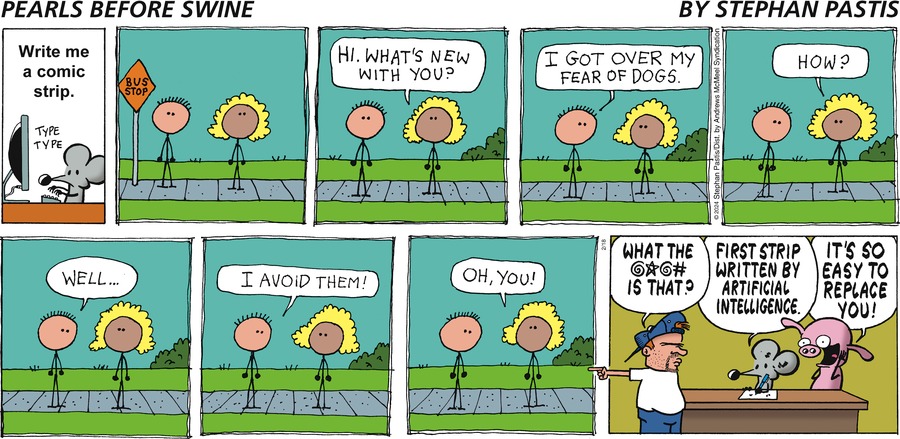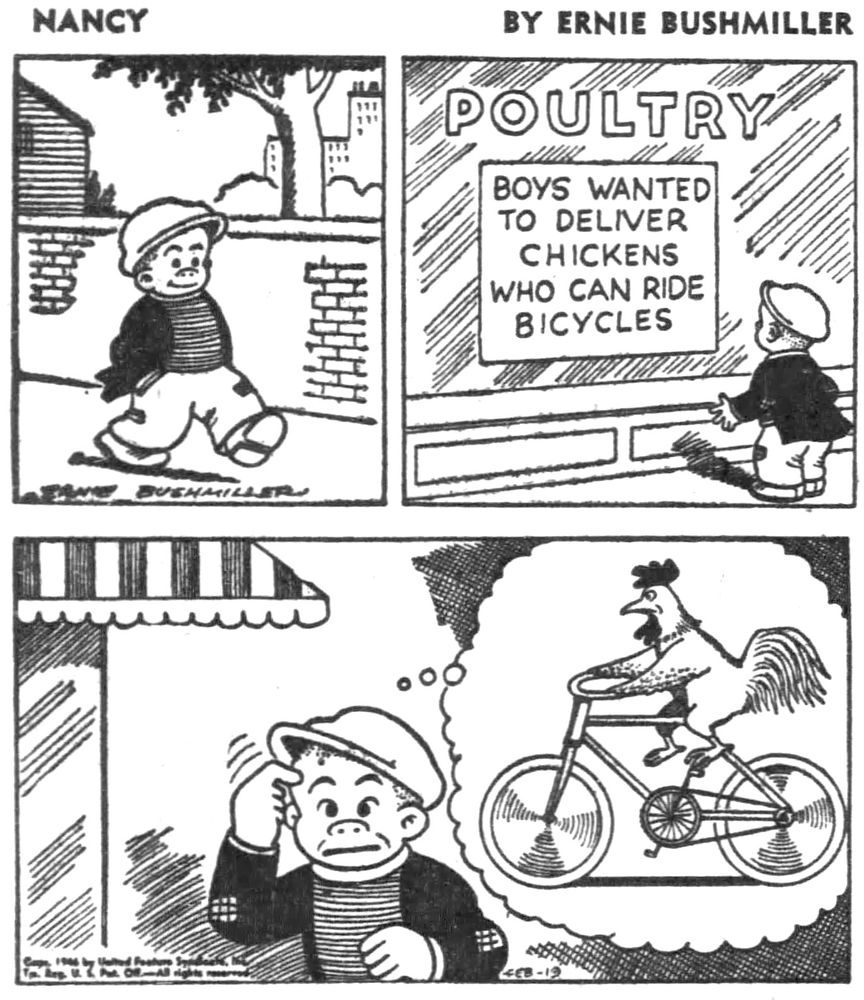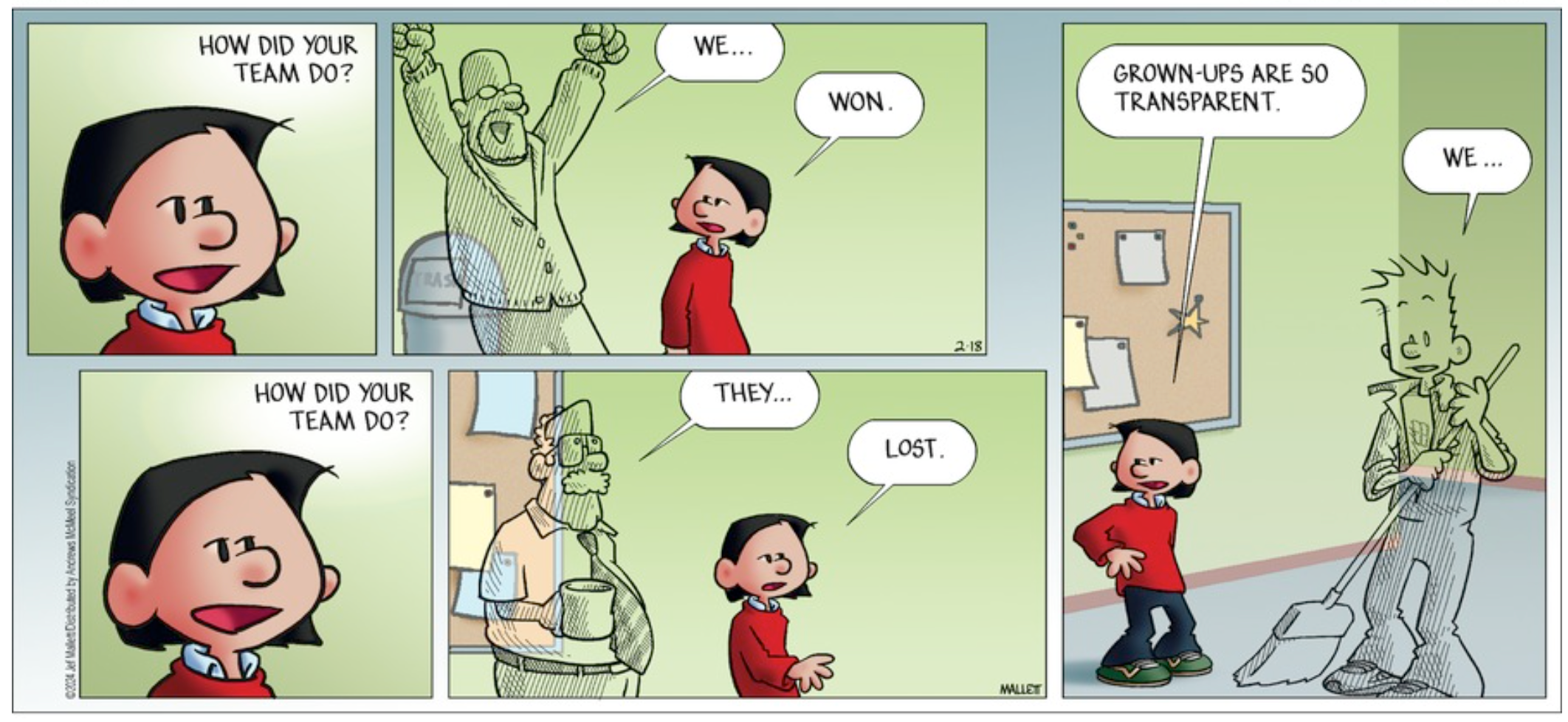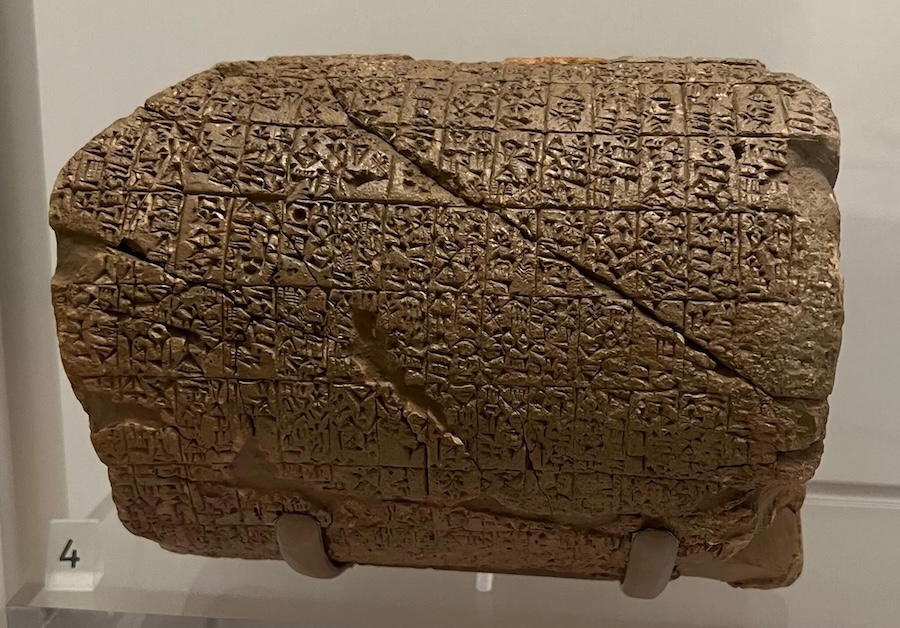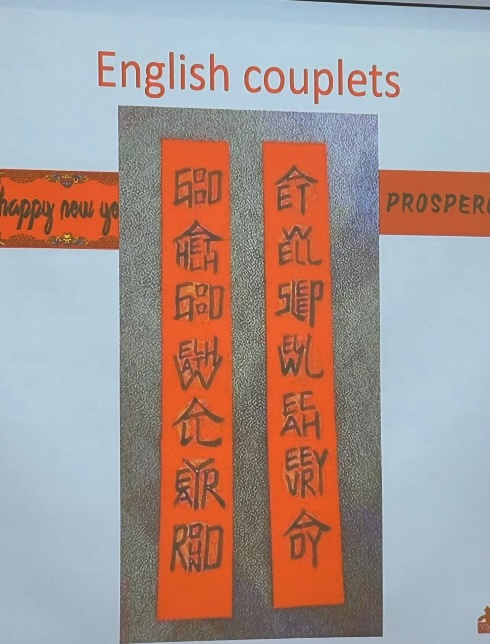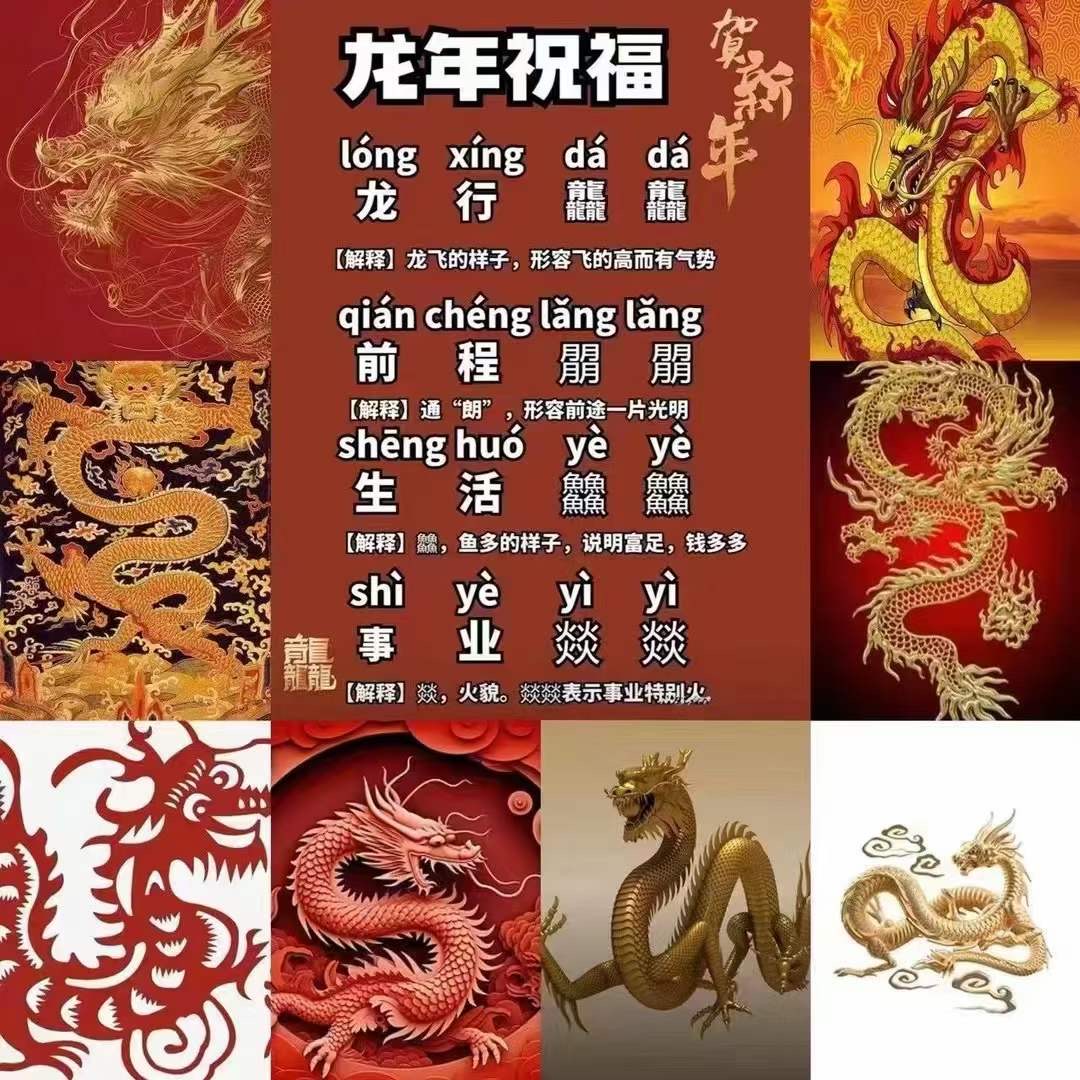Yesterday, the hypernationalistic CCP government propaganda organ, Global Times, published the following article:
"China shows cultural confidence as world shares Spring Festival’s spirit, legacy, joy", by Ai Peng, Global Times (2/18/24)
Mark Metcalf called the conspicuous expression "cultural confidence" to my attention:
It's appeared in LL twice.
Apparently it has propaganda 'legs' and, of course, the blessing of Xi Dada – see the articles below. It has even showed up in numerous Jiěfàngjūn 解放军报 (People's Liberation Army Daily) articles in recent months.
Is it just another throwaway term or is it being used to push CCP members toward a particular goal?
Considered from another perspective, all this talk about instilling confidence could easily be interpreted to mean that CCP members don't have the desired level of cultural confidence ("Party" confidence?).
Read the rest of this entry »


